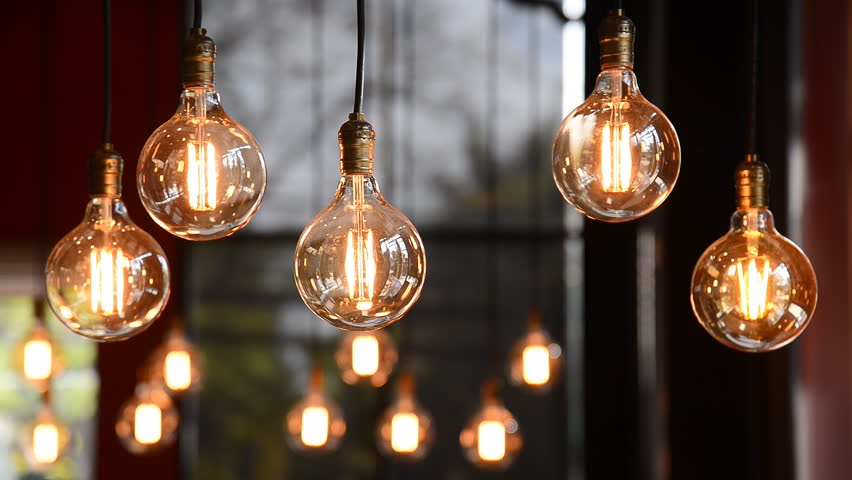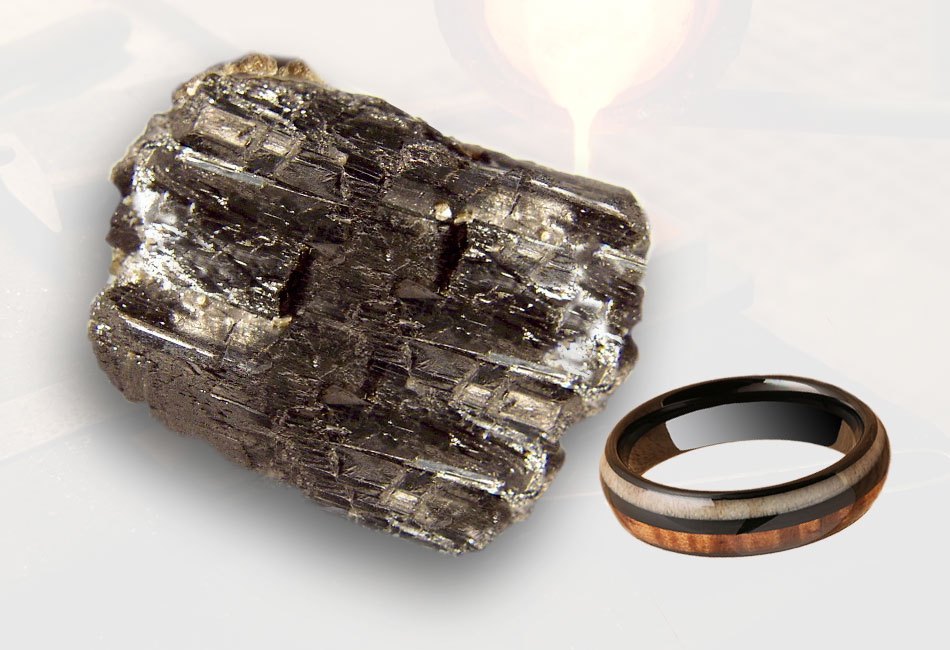3 Primary Uses of Tungsten | The Applications of Tungsten

3 Primary Uses of Tungsten
The melting point of tungsten is the highest among all metallic elements, and its density (19.3 g / cm³) is very high, close to gold. The hardness of tungsten is also very high, and the hardness of tungsten carbide is close to that of the diamond. In addition, tungsten has good electrical conductivity, resonance, small expansion coefficient, and other characteristics, so it is widely used in the industry and our daily life. In this article, we will take a look at the 3 primary uses of tungsten.

Uses Of Tungsten
1. The Uses of Tungsten in the Field of Alloy
Steel
The hardness of tungsten is very high, and the density of tungsten is close to gold, so it can improve the strength, hardness, and wear resistance of steel. It is an important alloy element and is widely used in the production of various steels.
Common tungsten-containing steels include tungsten steel and tungsten-cobalt magnetic steel with high magnetization and coercive force. These steels are mainly used to manufacture various tools, such as drills, and milling cutters.
Tungsten Carbide-based Cemented Carbide
Tungsten carbide has high wear resistance and refractory properties, and its hardness is close to the diamond, so it is often used in some hard alloys. At present, tungsten carbide-based cemented carbide is the largest consumer field of tungsten. This cemented carbide is made by sintering tungsten carbide micron powder and a metal binder (such as cobalt, nickel, and molybdenum) in a vacuum furnace or a hydrogen reduction furnace.
Tungsten carbide-based cemented carbides are roughly divided into four categories: tungsten carbide-cobalt, tungsten carbide-titanium carbide-cobalt, tungsten carbide-titanium carbide-tantalum (niobium) -cobalt, and steel-bonded cemented carbide. These carbides Tungsten-based cemented carbide is mainly used in the manufacture of cutting tools and mining tools.
Heat-Resistant and Wear-Resistant Alloy
The melting point of tungsten is the highest among all metals, and its hardness is also very high, so it is often used to produce heat-resistant and wear-resistant alloys.
For example, alloys of tungsten and chromium, cobalt, and carbon are commonly used to produce high-strength and wear-resistant parts, such as valves for aircraft engines, turbine wheels, etc. And alloys of tungsten and other refractory metals (such as tantalum, niobium, molybdenum, and hafnium) are often used to produce high-strength parts such as nozzles and engines for rockets.
High Specific Gravity Alloy
Due to its high density and high hardness, tungsten has become an ideal material for making high-specific gravity alloys. These high specific gravity alloys are divided into W-Ni-Fe, W-Ni-Cu, W-Co, W-WC-Cu, W-Ag, and other main series according to their composition characteristics and applications.
This type of alloy has the characteristics of high specific gravity, high strength, strong radiation absorption capacity, large thermal conductivity, small thermal expansion coefficient, good electrical conductivity, good weldability, and processability, etc., and is widely used in aerospace, aviation, military, petroleum drilling electrical instrumentation, medical and other industries, such as manufacturing armor, heat sinks, and contact materials such as knife switches, circuit breakers, etc.
2. The Uses of Tungsten in the Field of Electronics
Tungsten has high plasticity, low evaporation rate, high melting point, and strong electron emission ability. Therefore, tungsten and its alloys are widely used in the electronics industry.

Uses Of Tungsten
For example, tungsten wire has a high luminous rate and long service life, so it is widely used in the manufacture of various light bulb filaments, such as incandescent lamps, iodine tungsten lamps, and so on.
Tungsten wire can also be used to make direct heating cathodes and grids of electronic oscillating tubes and indirect heating cathode heaters in various electronic instruments. The properties of tungsten make it suitable for TIG welding and other electrode materials that work similarly.
3. The Uses of Tungsten in the Field of Chemical
Tungsten compounds are commonly used as catalysts and inorganic colors. For example, tungsten disulfide is used as a lubricant and catalyst in the preparation of synthetic gasoline. Bronze-colored tungsten oxide is used in painting. And calcium or magnesium tungsten is commonly used in phosphors.
Conclusion
Thank you for reading our article, and we hope it can be helpful to you. If you want to know more about the uses of tungsten, you can visit Advanced Refractory Metals for more information. We provide our customers with high-quality tungsten products at a very competitive price.
{{item.content}}
LEVE A REPLY
{{item.children[0].content}}
{{item.content}}






